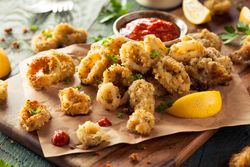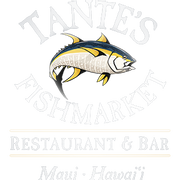
Capsaicin is the substance in peppers and chilies that makes them spicy. This oil coats the tongue and interferes with nerve receptors, leading to that familiar hot feeling. Spice adds another dimension of flavor to dishes, stimulating the taste buds and making restaurant-goers crave more. If you don’t typically order spicy foods, here are a few tips to help you handle them, so you can get in on the fun.
3 Tips for Learning to Eat Spicy Food
1. Pace Yourself
Capsaicin oils can build in the mouth, so ease yourself into the sensation, especially if you’re a newbie to spicy food. Start by eating small amounts of the dish, then work your way up to taking more bites of the same spice level. Once the heat becomes manageable, move onto something hotter. While the food may seem unbearable right now, the tongue’s receptors will become used to the sensation, dulling your sensitivity to spice.
2. Mix Textures
 Consuming other textures of foods will trick your brain into alleviating capsaicin’s sting since the receptors can become confused. If you’re eating something spicy, eat something with a completely different texture. For instance, if you’re enjoying a spicy tuna roll, order crispy fried calamari to soothe the sensation.
Consuming other textures of foods will trick your brain into alleviating capsaicin’s sting since the receptors can become confused. If you’re eating something spicy, eat something with a completely different texture. For instance, if you’re enjoying a spicy tuna roll, order crispy fried calamari to soothe the sensation.
3. Consume Dairy
Capsaicin is naturally oily, which means it’s fat-soluble. Since water and oil don’t mix, downing a glass of water may not help; however, drinking milk may do the trick. Milk has fat particles suspended in the fluid, and they’ll coat the capsaicin to alleviate the discomfort.
If you want to test your tolerance, check out the exciting spicy sushi menu at Tante's Fishmarket Restaurant & Bar in Wailuku, HI. Located on the upper level of the Maalaea Harbor Shops, this eatery offers spicy tuna, tempura, and salmon rolls, as well as a wide variety of other fresh fish entrees. Explore the restaurant’s menu online, or call (808) 868-2148 to make a reservation.
About the Business
Have a question? Ask the experts!
Send your question

